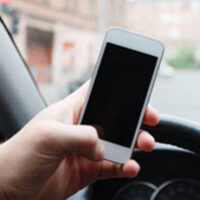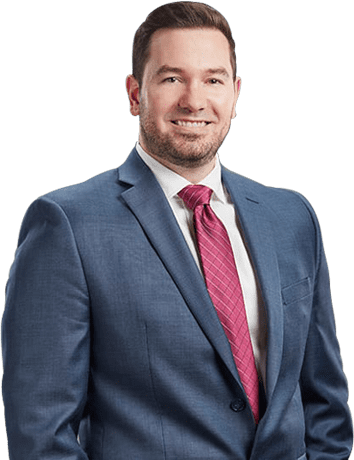Legal Issues in Distracted Driving Cases

Since 2021, the number of distracted driving-related wrecks has increased 11 percent. Shifts in the rideshare industry most likely propelled this increase. During pandemic lockdowns, rideshare demand dropped, and so did the number of ridesharing operators. As lockdowns ended, demand increased, but supply didn’t. As a result, remaining ridesharing drivers often drive in unfamiliar areas, where they over-rely on portable GPS navigation devices.
When rideshare and other distracted drivers stop suddenly or swerve quickly, they often cause serious wrecks that result in serious injuries. As medical bills and other difficulties mount for victims, it’s hard to see a way out. A way out is what a Carlsbad auto accident lawyer offers. Attorneys obtain the compensation these victims need to put their lives back together. This compensation usually includes money for economic losses, such as medical bills, and noneconomic losses, such as pain and suffering.
Ordinary Negligence
This compensation is available if the other driver was negligent. Normally, a San Marcos personal injury lawyer uses the ordinary negligence theory in court. In California, this legal doctrine has four basic elements:
- Duty: At a minimum, drivers must focus on driving. They cannot multitask behind the wheel, the way they do at work. Continual device use behind the wheel violates this duty of care. So do other distracting activities, like arguing with a passenger, eating, or drinking while driving.
- Breach: There’s a difference between a breach of care and a driving mistake. If Carol glanced at a text message alert right before a crash, she technically violated California’s hands-free law, which is discussed below. However, most jurors would say that limited use was not a breach of care. Continual device use is a different story.
- Cause: The distracted driver must substantially and foreseeably cause injury. Substantial cause basically means primary cause. No matter what news stories say, bad weather doesn’t “cause” crashes. Bad weather only contributes to crashes. Foreseeability is essentially possibility. Distraction-related wrecks are so common that they’re clearly foreseeable (possible), even if they aren’t likely.
- Damage: A near-miss collision with a distracted driver is a very frightening event. The stress could even cause Post Traumatic Stress Disorder, a specific kind of brain injury. Usually, however, to obtain compensation for PTSD and other injuries, the tortfeasor (negligent driver) must cause some physical injury or property damage, no matter how slight.
Evidence is critical to the success of a negligence claim. The device use log clearly shows device use history. Circumstantial evidence in the vehicle, like a half-empty soda can, could establish non-device distraction.
Attorneys must work quickly to preserve such evidence for trial. Otherwise, the tortfeasor might “accidentally” dispose of the evidence or delete the device use log.
Negligence Per Se
This doctrine is based on the violation of a safety law. Tortfeasors who violate safety laws and cause damages could be automatically liable for those damages.
As mentioned, California has a hands-free law that prohibits drivers from holding and using cell phones while they’re behind the wheel. Furthermore, VC Section 23103(a) makes it illegal to drive a vehicle with willful or wanton disregard for the safety of people or property. That provision could apply to non-device distraction.
So, California law, and the negligence per se rule, could apply to device and non-device distraction. However, it usually applies to neither one. Emergency responders rarely issue citations in accident cases, even if the tortfeasor killed someone. Officers don’t want to get sucked into what they see as a civil matter.
Rely on a Detail-Oriented San Diego County Lawyer
Injury victims are entitled to substantial compensation. For a free consultation with an experienced personal injury lawyer in San Marcos, contact the Pursley Law Firm. Virtual, home, and hospital visits are available.

